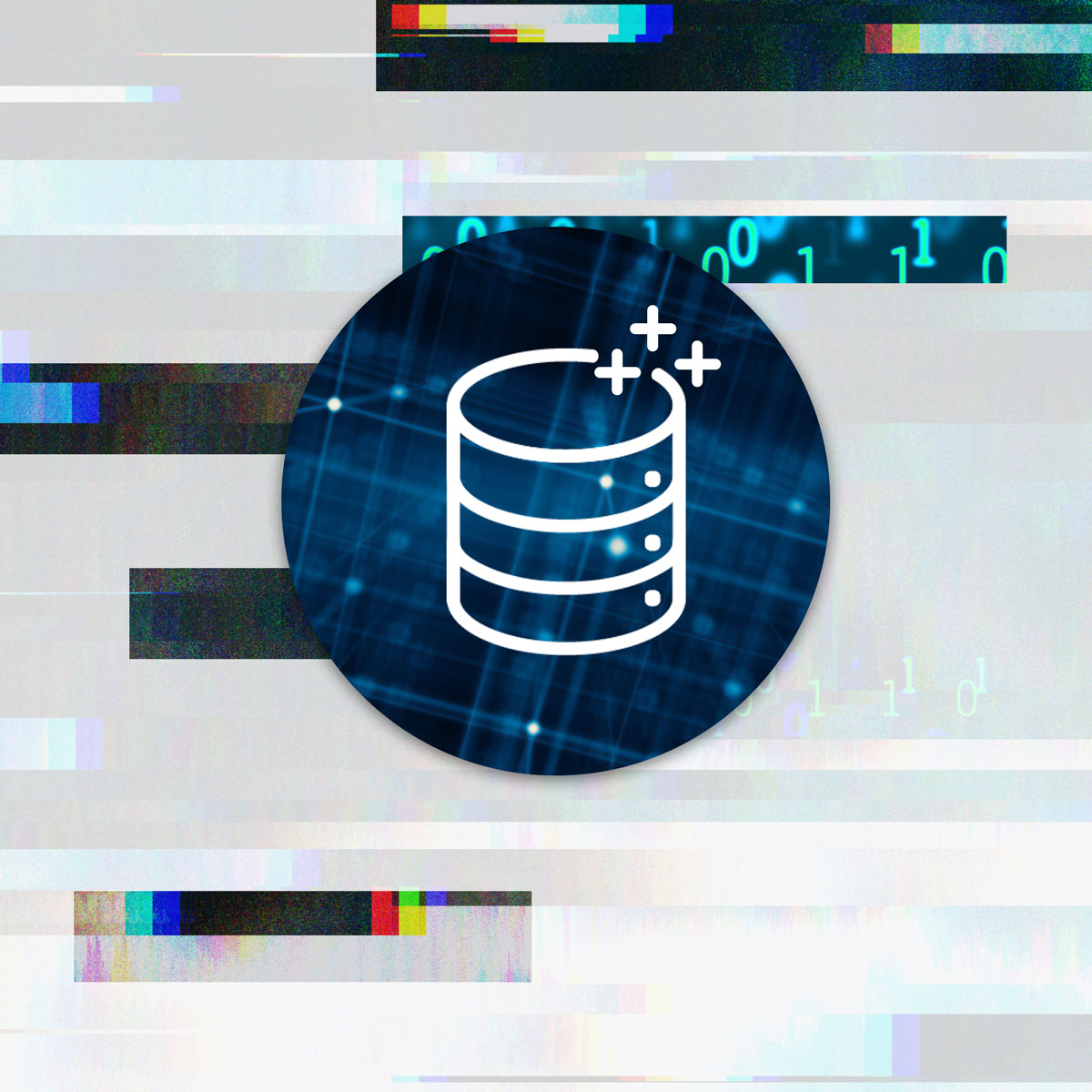According to IDC, data protection is in a “once in a generation period of change.”1 Organizations want cloud-based data protection but legacy tools, designed and optimized for client-server environments, are only now bolting on cloud capabilities. IDC further states “these traditional solutions are finding it a tall order to follow data into the cloud without substantial product bloat.”
Welcome to data protection redefined with Druva. We deliver cloud-native backup and disaster recovery across endpoints, data centers, SaaS applications, and Amazon Web Services (AWS) infrastructure. Our SaaS platform layers on top of AWS’ high performance infrastructure eliminating the need to configure and maintain separate AWS accounts as well as data protection appliances and their maintenance resulting in potential cost savings up to 50%.
Cloud-based disaster recovery for VMware environments
To understand how Druva works, let’s focus on cloud-based disaster recovery for VMware environments.
The first step is to backup your data into the cloud. Using global source deduplication, we slice data into chunks and then work in the background with Amazon DynamoDB to answer this question: “Have you seen this data before?” If the answer is no, Druva transmits only the deduped, unique data through the network and stores it into a single data pool in the cloud. If the data has been seen before, Druva simply updates the unified hash table stored in DynamoDB. This reduces network congestion and storage costs.
Automated disaster recovery
Applications and their interdependencies have become more complicated creating the need to move from paper-based discover recovery runbooks to recovery automation.
The creation of an automated workflow is as simple as defining the components included, identifying the size of the AWS recovery environment then specifying recovery order for the virtual machines and components. You can also specify pre and post activity, such as placing the recovery process on hold while a script runs to verify if an environment is up and running.
Disaster recovery requires customers to have an Amazon Virtual Private Cloud (VPC) into which a Druva proxy is installed. Once the virtual machines are identified for the recovery workflow, the Druva proxy restores the virtual machines into the VPC and surgically injects wrappers and drivers making the virtual machines compatible with Amazon Elastic Compute Cloud (EC2). This process takes approximately 15 minutes regardless of the virtual machine size. Next, we snapshot the EC2 volume because snapshots are more cost efficient to store than EC2 volumes.
When a disaster is declared, one click is all that is required to simultaneously recover your environment in 15-20 minutes regardless of the number of virtual machines or their size. You can also failover to AWS regions and accounts or failback to on-premise data center.
Ditch the bloat of traditional solutions.
Integrated backup and DR for on-premises and cloud
Druva’s cloud-native solution delivers integrated backup and disaster recovery for both on-premise and cloud workloads providing:
- Centralized management that simplifies data protection across endpoints, data centers, SaaS applications, and AWS infrastructure
- Global source deduplication that reduces network congestion during backups as well as the amount of storage consumed
- One-click automated disaster recovery ensures your business is up and available within recovery timeframes
- Replication and cloning capabilities that replicates virtual machines or clones VPCs across multiple AWS regions and accounts
Learn more about Druva’s one-click disaster recovery for on-premises and cloud workloads and plan for recovery in minutes.
1 IDC, 2019.


